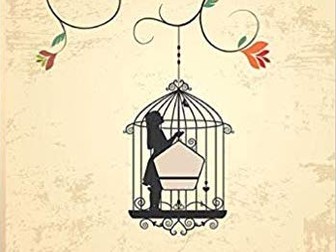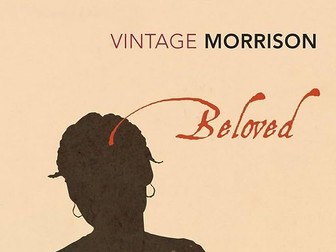The Bloody Chamber Activities, Lessons and Revision A Level
<p>A series of lessons aimed at A Level students, made primarily on PPT presentations.<br />
The first PPT introduces Angela Carter and her main themes/tropes. There is also a lesson on the key tropes of Gothic literature to be explored in the text.<br />
Each lesson takes them through key themes, language, structure, Gothic tropes and context of each story from The Bloody Chamber. Theoretical approaches, notably Freud, are employed throughout to encourage more challenging reading of the texts.<br />
Each lesson contains activities for the students to complete on each story.<br />
A context revision lesson surrounding the stories is also included.</p>
<p>These lessons were originally devised for OCR AS Literature, however could be used for both AS and A Level and for any board.</p>

